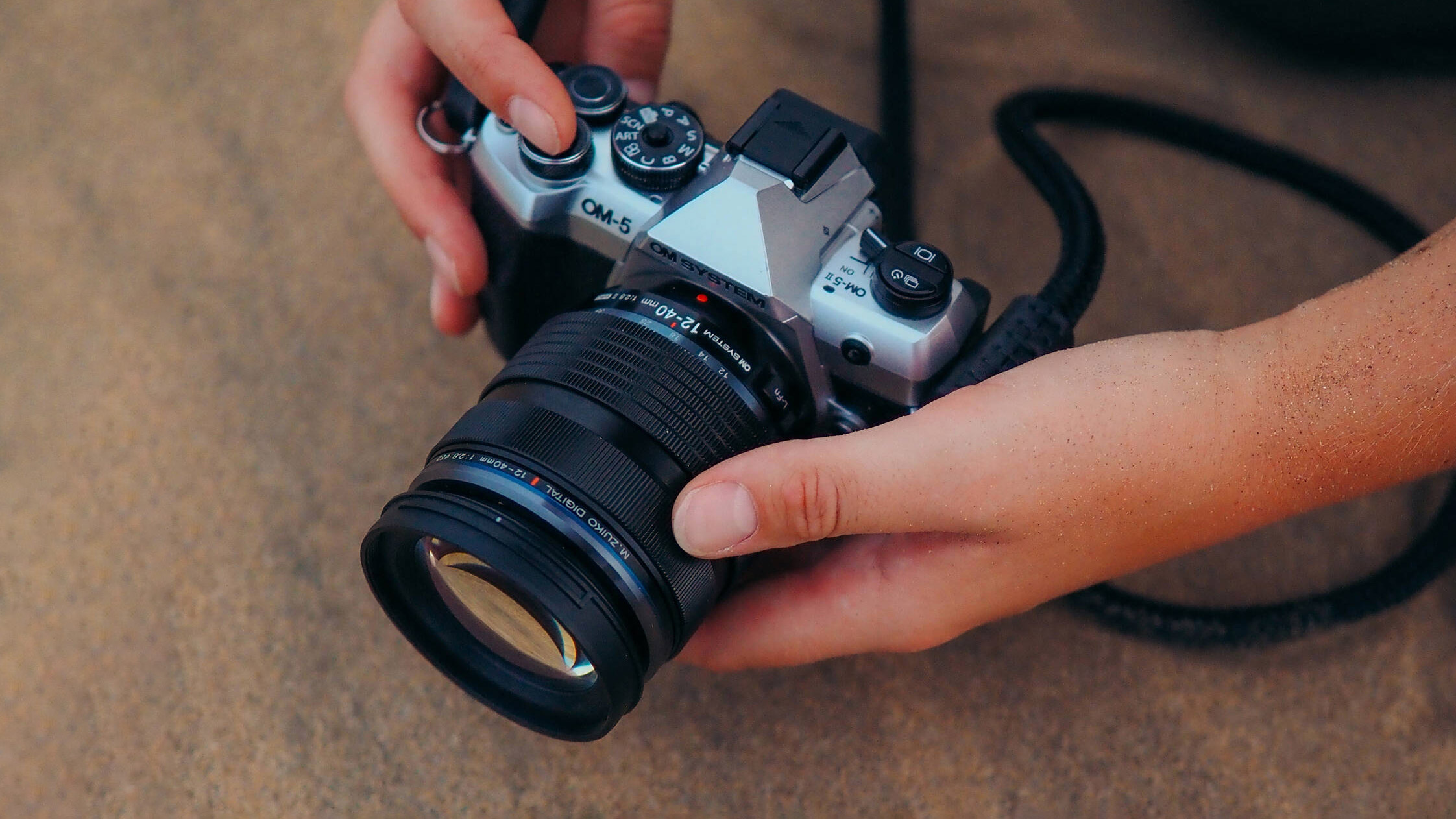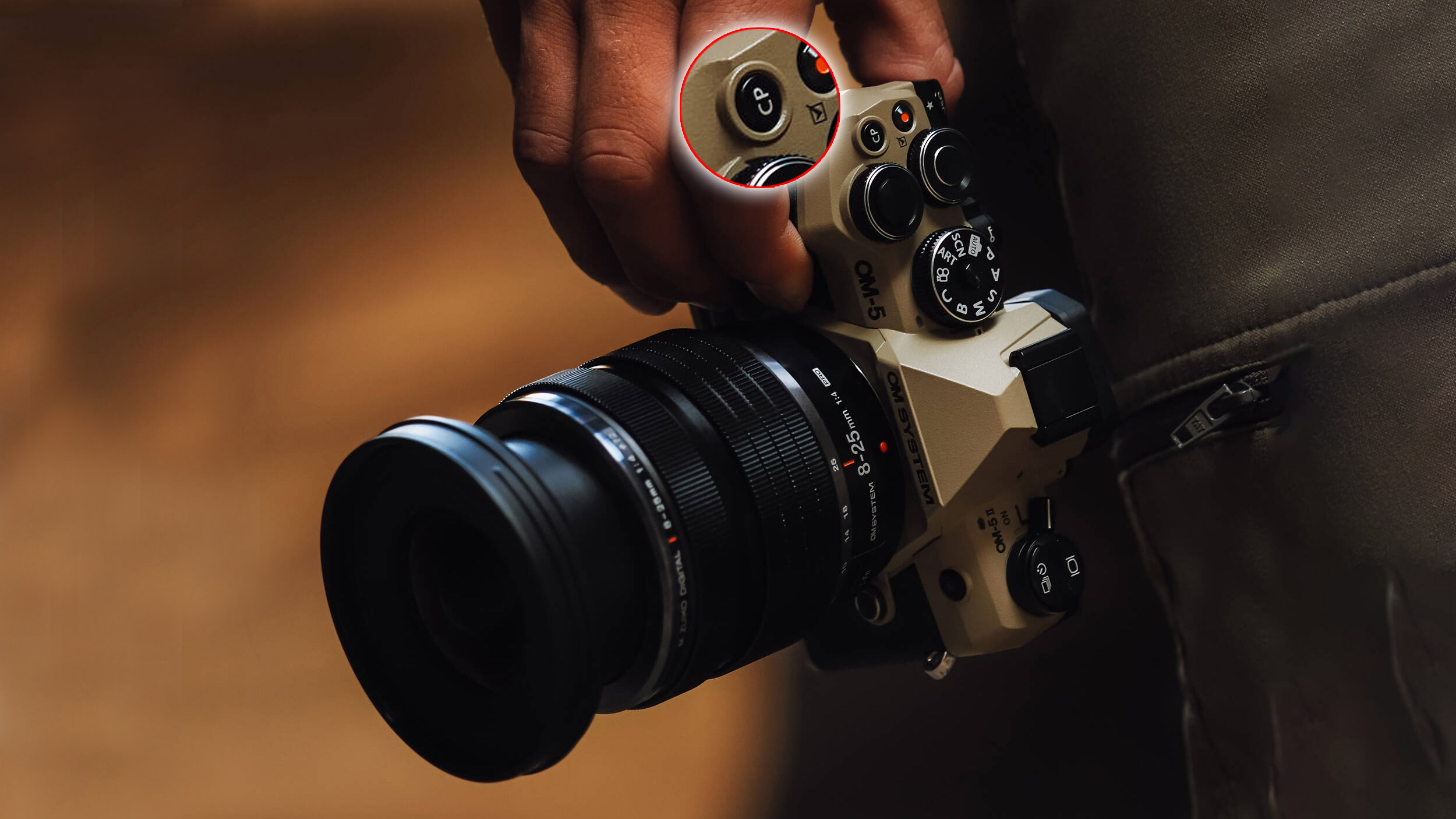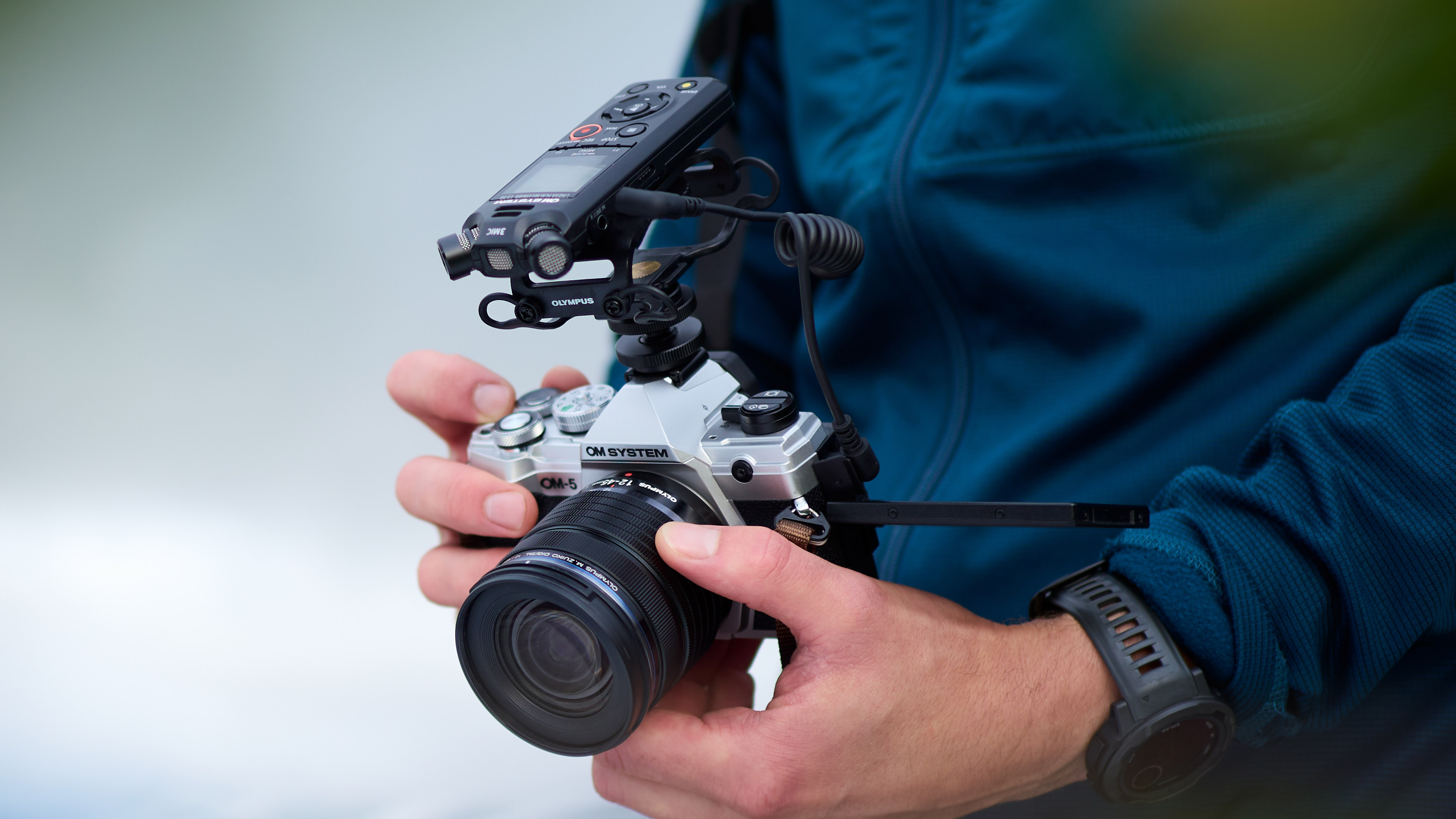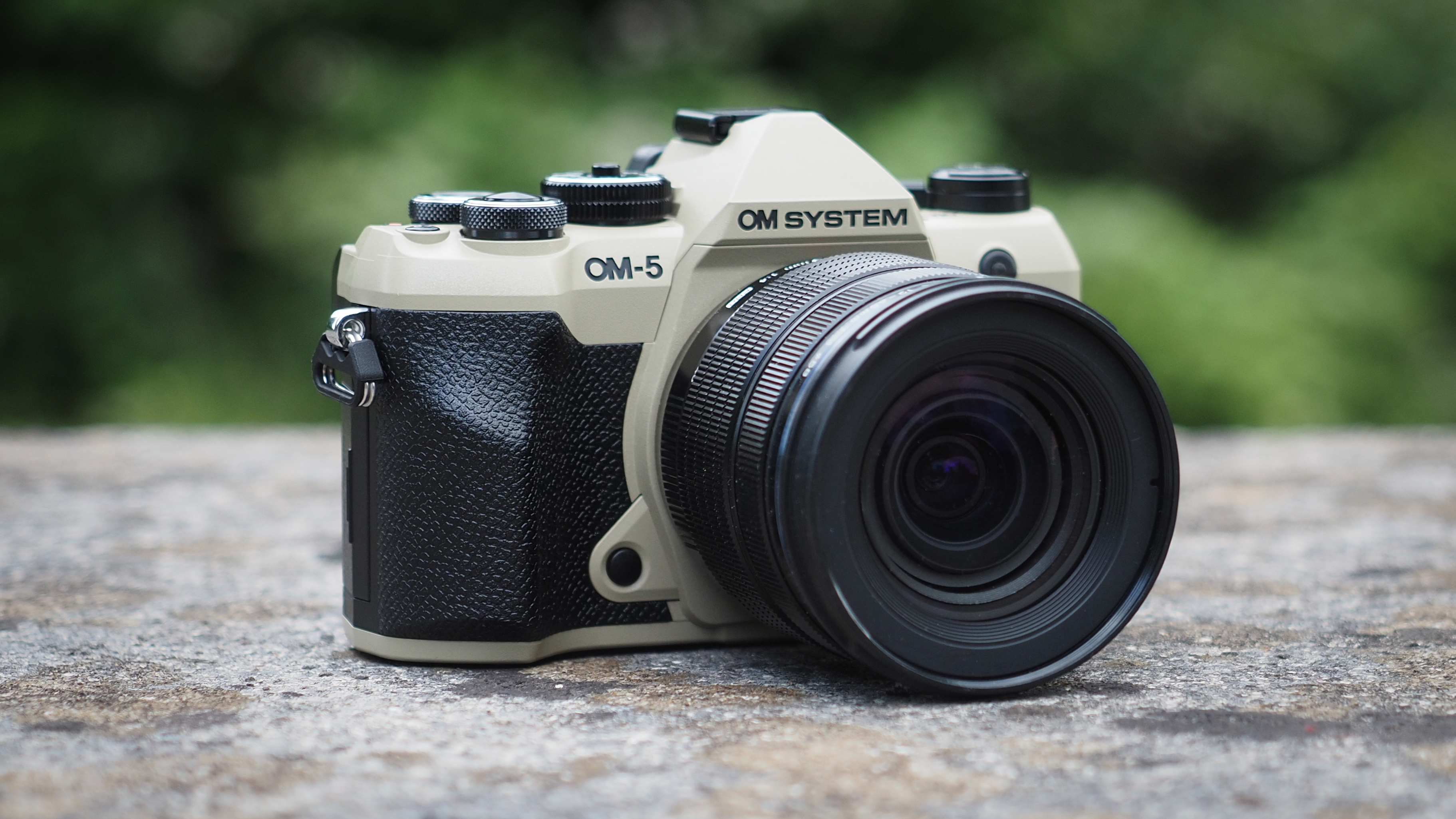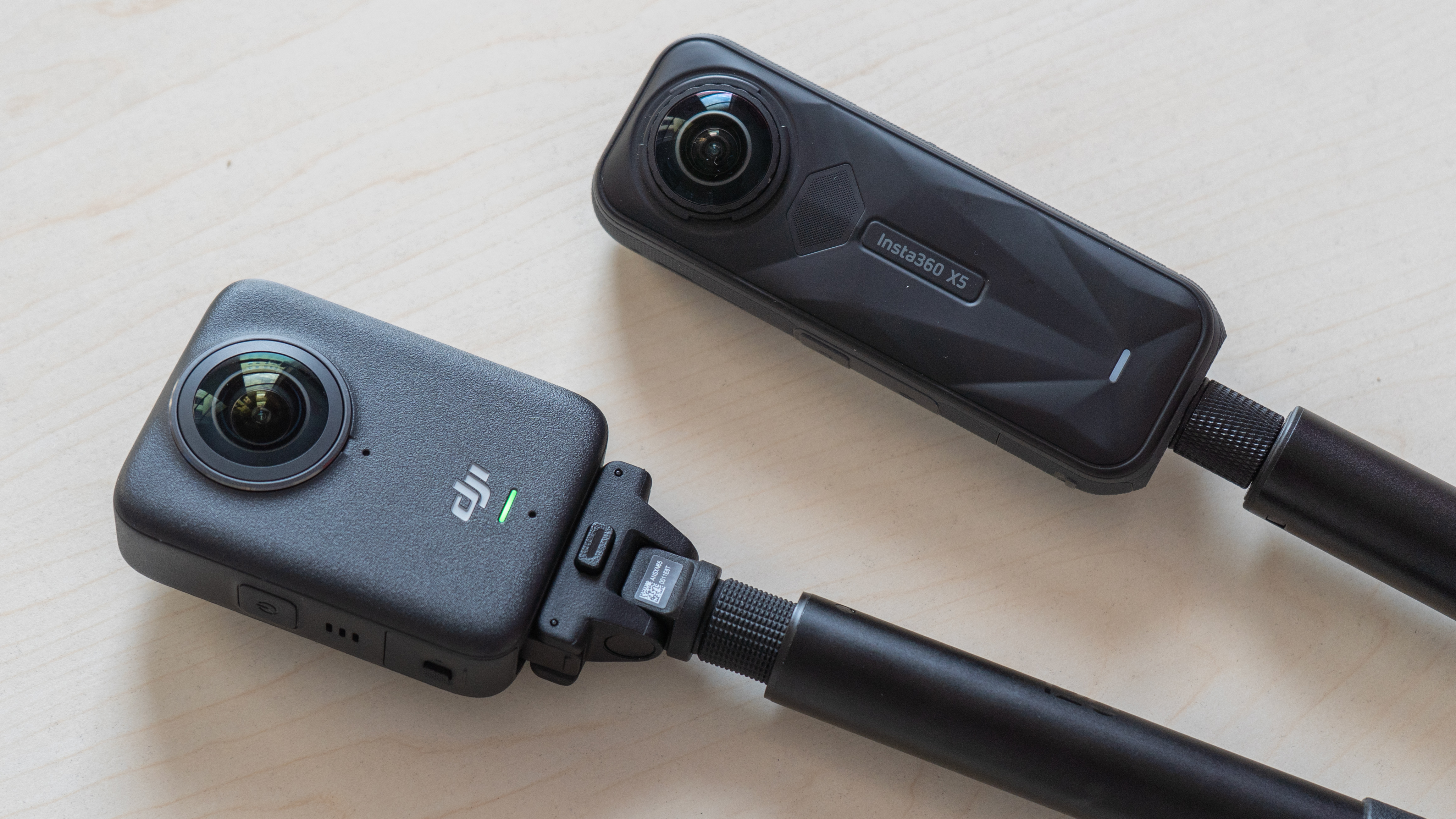OM System OM-5 vs OM-5 Mark II: Yes, there ARE differences!
"It’s barely an upgrade," they say. "Too little too late." So what IS different between the OM System OM-5 vs OM-5 Mark II?
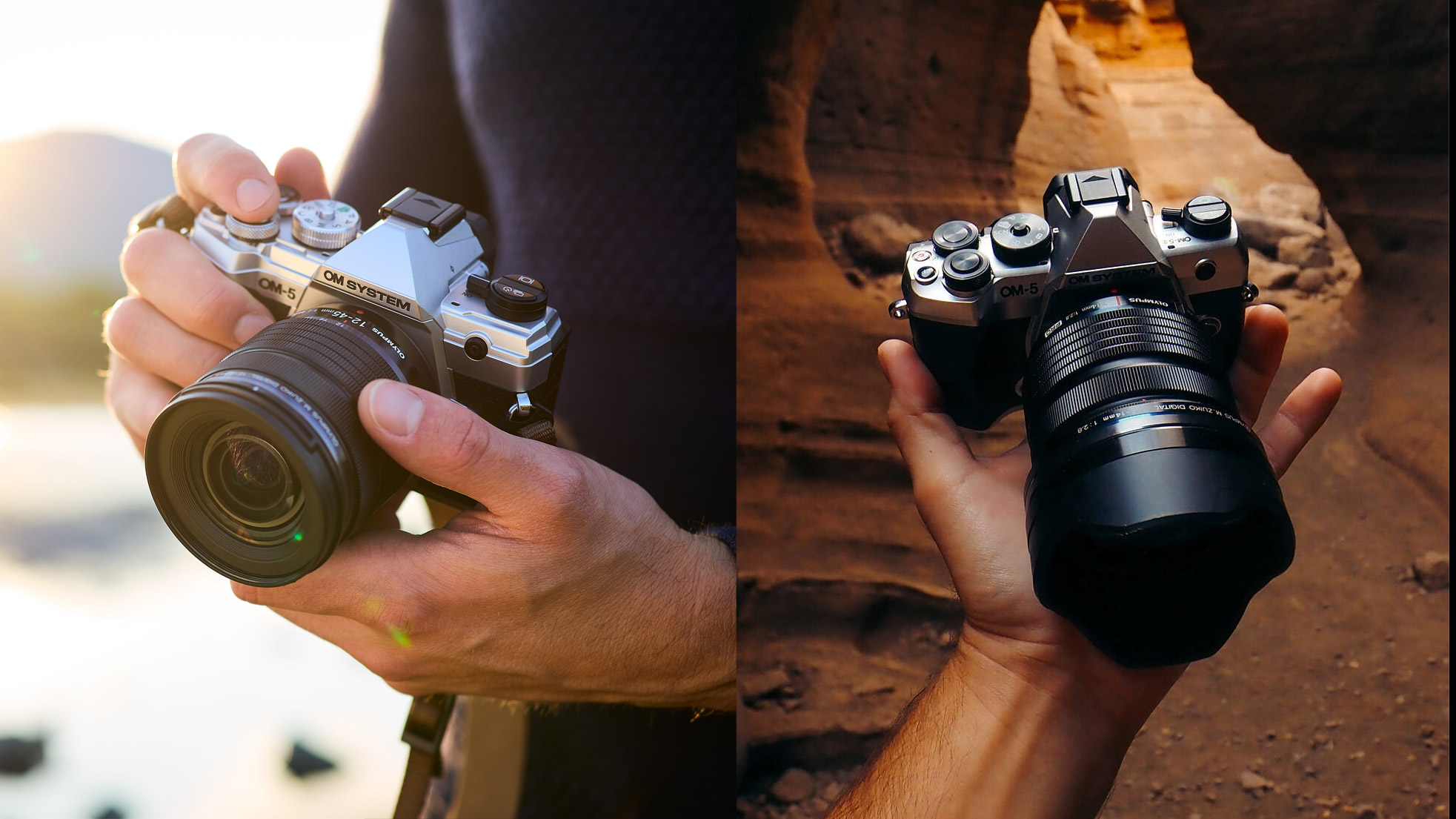
Camera makers often come in for criticism when they produce an updated camera that’s not so very different to the one that came before. This happens a lot, but the OM System OM-5 Mark II seems to have attracted more criticism than most. So this article aims to pin down all the significant differences between the original OM System OM-5 vs the OM-5 Mark II.
On its own, that wouldn’t be a terribly long list – but this is also an opportunity to look again at this rugged and affordable outdoor camera, whether it still deserves to be considered one of the best OM System cameras of all, and where it fits in to the camera market in 2025.
It’s also a good time to point out something that a lot of people seem to have overlooked. The OM-5 II is not an upgrade. Nobody expects owners of the original OM-5 to rush out and buy this one, probably not even OM System itself. It is, instead, a ‘refresh’. Think of it as the same camera, updated and improved, to keep pace with developments from other brands.
But it’s still worth comparing the OM-5 and the OM-5 II directly. Existing OM-5 owners might be swayed by the small but significant changes in the new camera, especially if their current OM-5 is getting a bit battered.
Not only that, it may be possible to buy both versions in some places (B&H in the US, for example, at the time of writing), and the older OM-5 might see some substantial discounting as stocks run down.
OM System OM-5 II vs OM-5
Why you can trust Digital Camera World
1. The grip
• OM System OM-5 II: New, superior grip, no add-on grip option
• OM System OM-5: Smaller, older grip, add-on grip extension available
These two cameras are physically similar but not identical. The dimensions of the body are exactly the same, but the OM-5 II has a redesigned grip. That’s a kind of throwaway change you might usually ignore in a camera ‘upgrade’, but here it makes a considerable difference. The original OM-5’s grip was OK, but not especially secure and felt somewhat inadequate with larger zoom lenses. This was a bit of an annoyance with this camera, and the Olympus OM-D E-M5 III before it. OM System sold the ECG-5 camera grip separately to get around this. The good news is that the redesigned grip on the OM-5 II makes this unnecessary (the ECG-5 won’t actually fit the new body), and it can accommodate larger OM System Pro zooms more comfortably.
2.The Computational (CP) button
• OM System OM-5 II: Computational features get their own dedicated ‘CP’ button
• OM System OM-5: The computation features are buried in the menus
OM System’s computational photography features are a major selling point for its cameras, and include a high-res shot mode (handheld or tripod), Live ND, Live Composite, Live Bulb, in-camera focus stacking, in-camera HDR and multiple exposures. None of these features have changed. What has changed is that they are now brought to the fore with the new CP button. And yes, that does make a difference (I’ve used Olympus/OM System cameras for years and I still struggle to find these features in the menus.)
3. USB-C charging
• OM System OM-5 II: USB-C charging and camera power
• OM System OM-5: USB charging while camera is off
Swapping from the old micro USB connector to USB-C on the new camera is an important change, and not just to save you from carrying as many cables. The bad news is that it’s not USB PD compatible and still runs at USB 2.0 speeds, but the good news is that while you could only charge the OM-5 battery in situ with the camera off, with the OM-5 II you can use an external power bank to keep the camera running while you shoot (according to the OM-5 II manual). It’s not such a minor change after all.
4. Video
• OM System OM-5 II: C4K 24p, 4K 30p, FHD 120p
• OM System OM-5: 4K 30p, FHD 120p
There’s not much to see here, though there are a couple of changes. The OM-5 II now supports the slightly wider C4K ratio, though only at 24p, and comes with two new filming profiles – OM-Cinema1, OM-Cinema2. Frankly, though, both models are pretty basic for video features, and if you’re serious about filmmaking you should be looking at the OM-3 or OM-1 II.
5. Menu system
• OM System OM-5 II: Latest menu system
• OM System OM-5: Old menu system
Does a change to the menu system make a difference? Actually, it does. It’s more than just a cosmetic tweak, and most camera makers will insist it requires serious firmware changes. The new menu system is a lot clearer and nicer to navigate then the old one. It’s not going to be enough on its own to make you upgrade from an OM-5, but when you consider all the other changes, they do start to add up.
6. Price
• OM System OM-5 II: $1,199 / £1,099 body only
• OM System OM-5: $899 / £1,099
Even OM System fans would have to agree that the changes to the OM-5 II are useful rather than remarkable. What actually is remarkable is that the price is unchanged – the new camera is being sold at exactly the same price as the original RRP of the old one. When was the last time THAT happened? This reinforces the idea that the OM-5 II is not simply a replacement for the OM-5 but more like a mid-term refresh to keep this camera current and competitive. Incidentally, you can also get the OM-5 II with the M.Zuiko 12-45mm f/4 Pro lens as a kit, which is even better value.
OM System OM-5 II vs OM-5: conclusions
If you already own an OM-5 there’s really not a whole lot of point in swapping it for the OM-5 II unless it’s on its last legs. If you own another OM camera, though, and you’ve been eyeing up the OM-5 as an additional camera or an upgrade to a different model, the changes in the OM-5 II are important and might just make your mind up for you.
Similarly, for anyone considering dipping their toes in the OM System for the first time, the OM-5 II is a much more compelling option than the original OM-5.
There has been a lot of complaint about a perceived lack of development from OM System, and this latest camera hasn’t really helped. But let’s just take a reality check to find out what you are getting with the OM-5 II and how it compares to current rivals.
The best camera deals, reviews, product advice, and unmissable photography news, direct to your inbox!

Rod is an independent photography journalist and editor, and a long-standing Digital Camera World contributor, having previously worked as DCW's Group Reviews editor. Before that he has been technique editor on N-Photo, Head of Testing for the photography division and Camera Channel editor on TechRadar, as well as contributing to many other publications. He has been writing about photography technique, photo editing and digital cameras since they first appeared, and before that began his career writing about film photography. He has used and reviewed practically every interchangeable lens camera launched in the past 20 years, from entry-level DSLRs to medium format cameras, together with lenses, tripods, gimbals, light meters, camera bags and more. Rod has his own camera gear blog at fotovolo.com but also writes about photo-editing applications and techniques at lifeafterphotoshop.com
